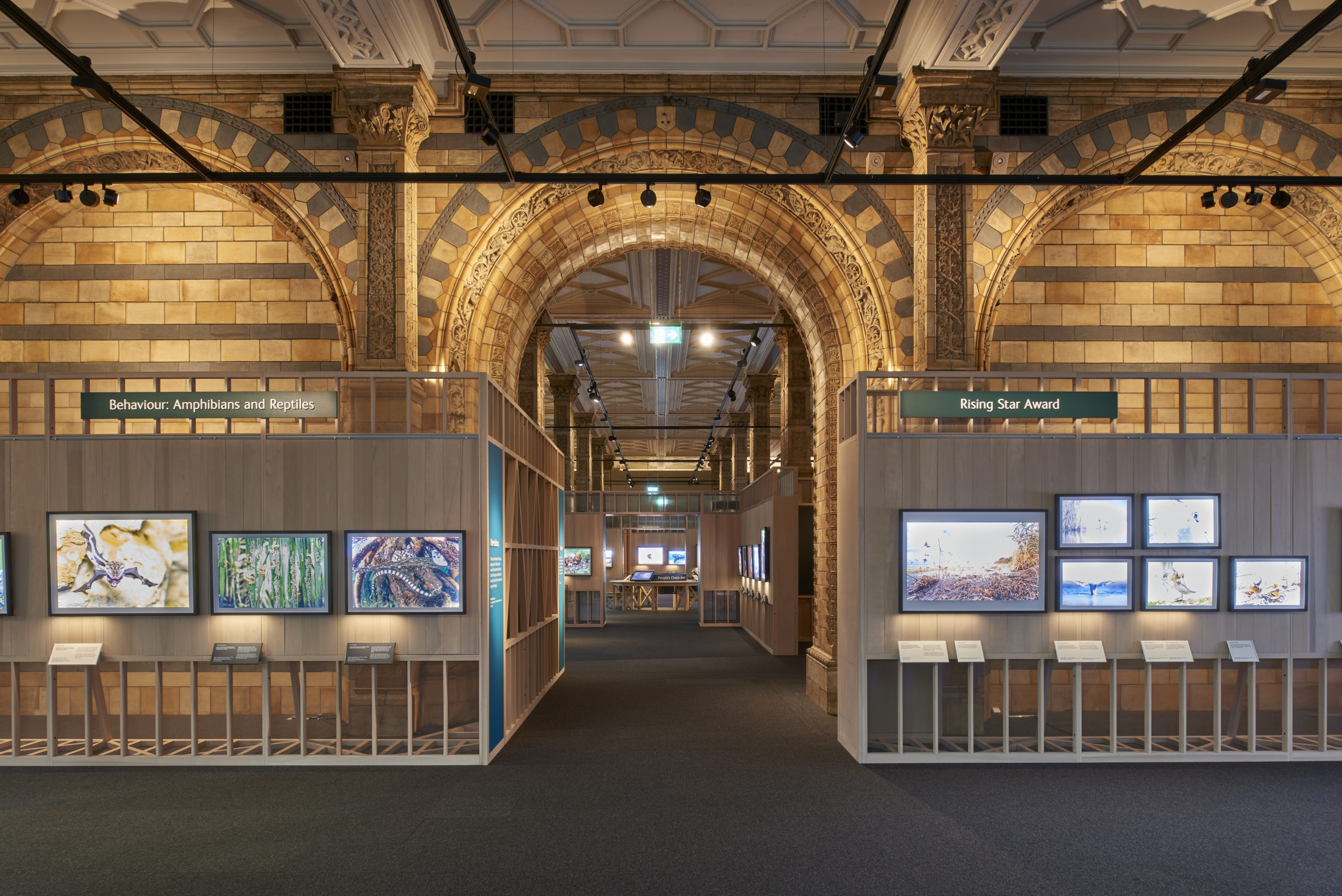
The annual Wildlife Photographer of the Year competition showcases the worlds best nature photography to a global audience. It celebrates the power of photography and the wonder of the natural world. Being recognized in this prestigious competition is a huge honor. The competition is developed and produced by the Natural History Museum.
We want to congratulate the Summit Faculty who were honored in this years competition.
Morgan Heim
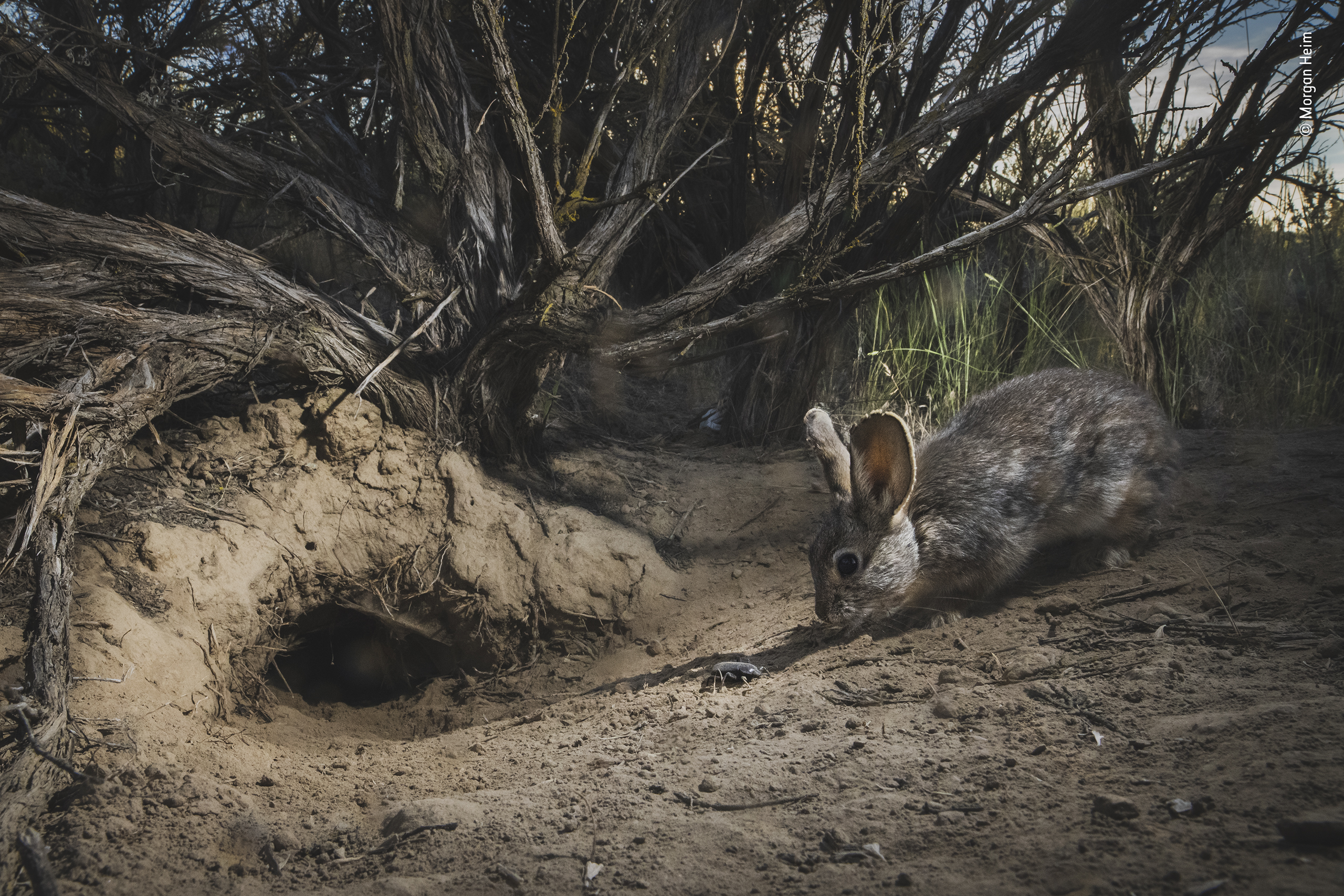
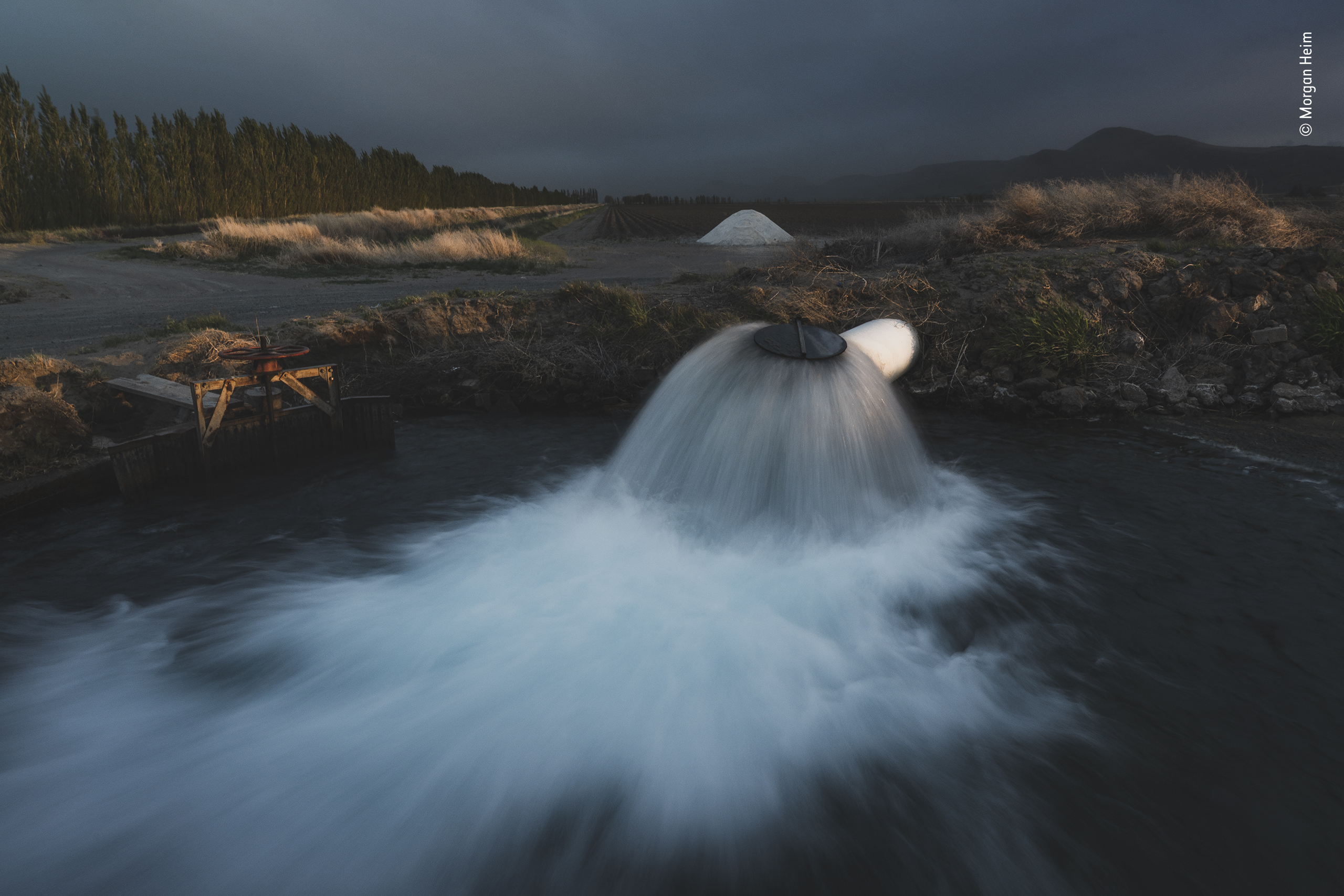
Summit Nature & Conservation Instructor Morgan Heim has two highly commended images.
Pygmy Rabbit Image
Morgan set up camera traps outside the burrows of pygmy rabbits in Washington State’s Columbia Basin to observe their comings and goings. She was delighted to capture the moment one of the rabbits sniffed at a stink beetle that had been sheltering in its burrow. The beetle appears not to have felt threatened by the burrow owner, as typically when intimidated it rises its abdomen and releases a stink.
The pygmy rabbit is the only indigenous North American rabbit to dig burrows, which, as Morgan discovered, provide shelter for many other species, including stink beetles, pygmy short-horned lizards and chipmunks. With their home in the Columbia Basin becoming increasingly overgrazed and cleared for crops, conservation efforts were required to protect these rabbits.
Now, thanks to the introduction of captive-bred individuals, vaccination against infectious disease and protection of the shrub-steppe habitat, the Basin’s pygmy rabbit population stands at about 150 and rising.
Draining the Basin Image
Morgan captured this image to highlight the ongoing water crisis in the Klamath Basin, spanning California and Oregon. It is symbolic of a bigger issue that could become more frequent around the world- who gets water when there is not enough to go around?
Clay Bolt
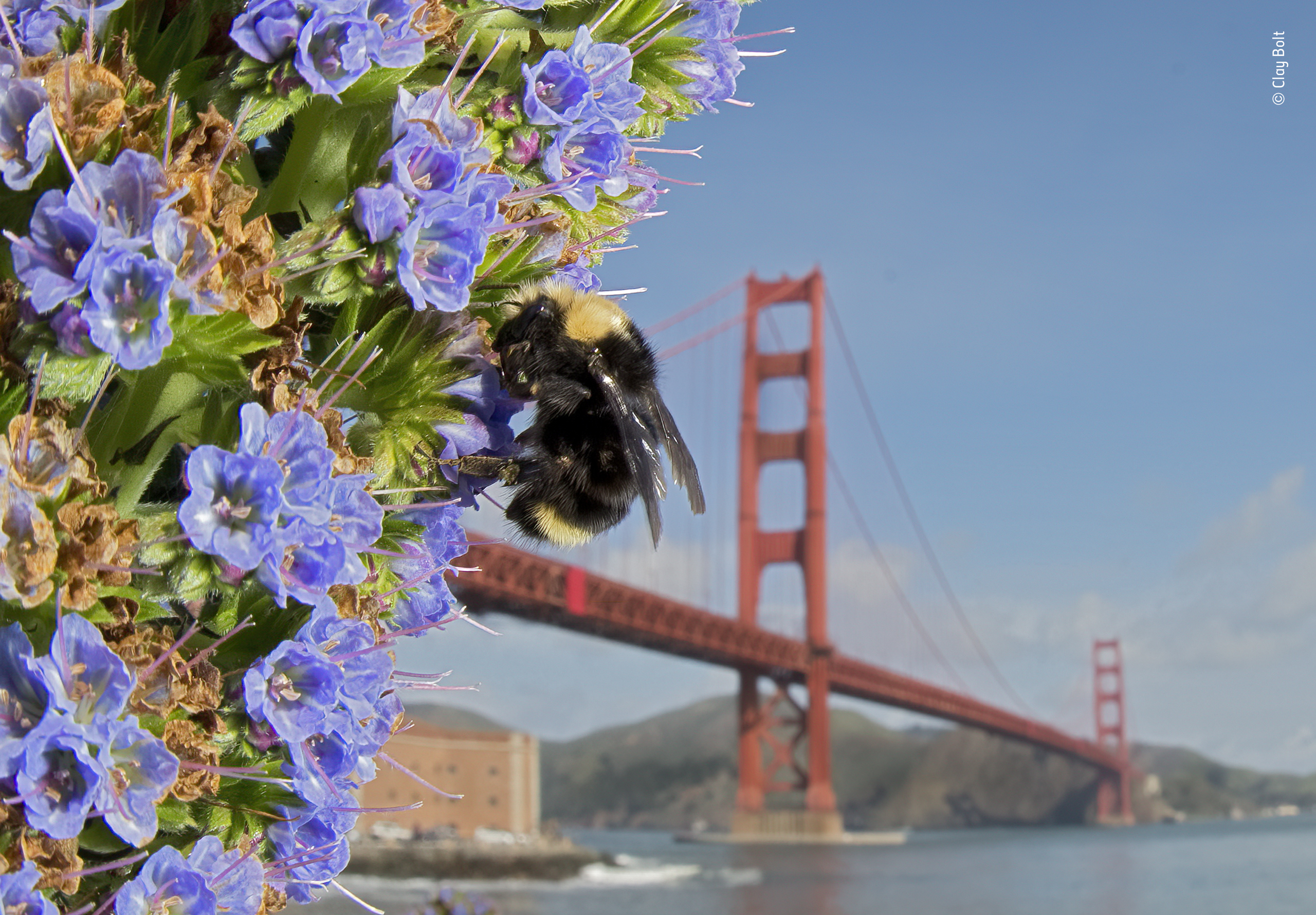
Clay Bolt, Summit Nature & Conservation and Macro Instructor was highly commended for this image.
Image Description
Clay balanced on a slippery slope, holding his camera overhead. Pre focusing and shooting without looking through the viewfinder, he eventually got the shot he wanted with this close-up wide-angle of the queen Vosnesensky bumblebee perfectly framed by the Golden Gate bridge.
One of about 46 bumblebee species in North America, the Vosnesensky bumblebee is an important pollinator of native flowers. It helps to preserve natural ecosystems, thriving where there is little pesticide use.
Doug Gimesy
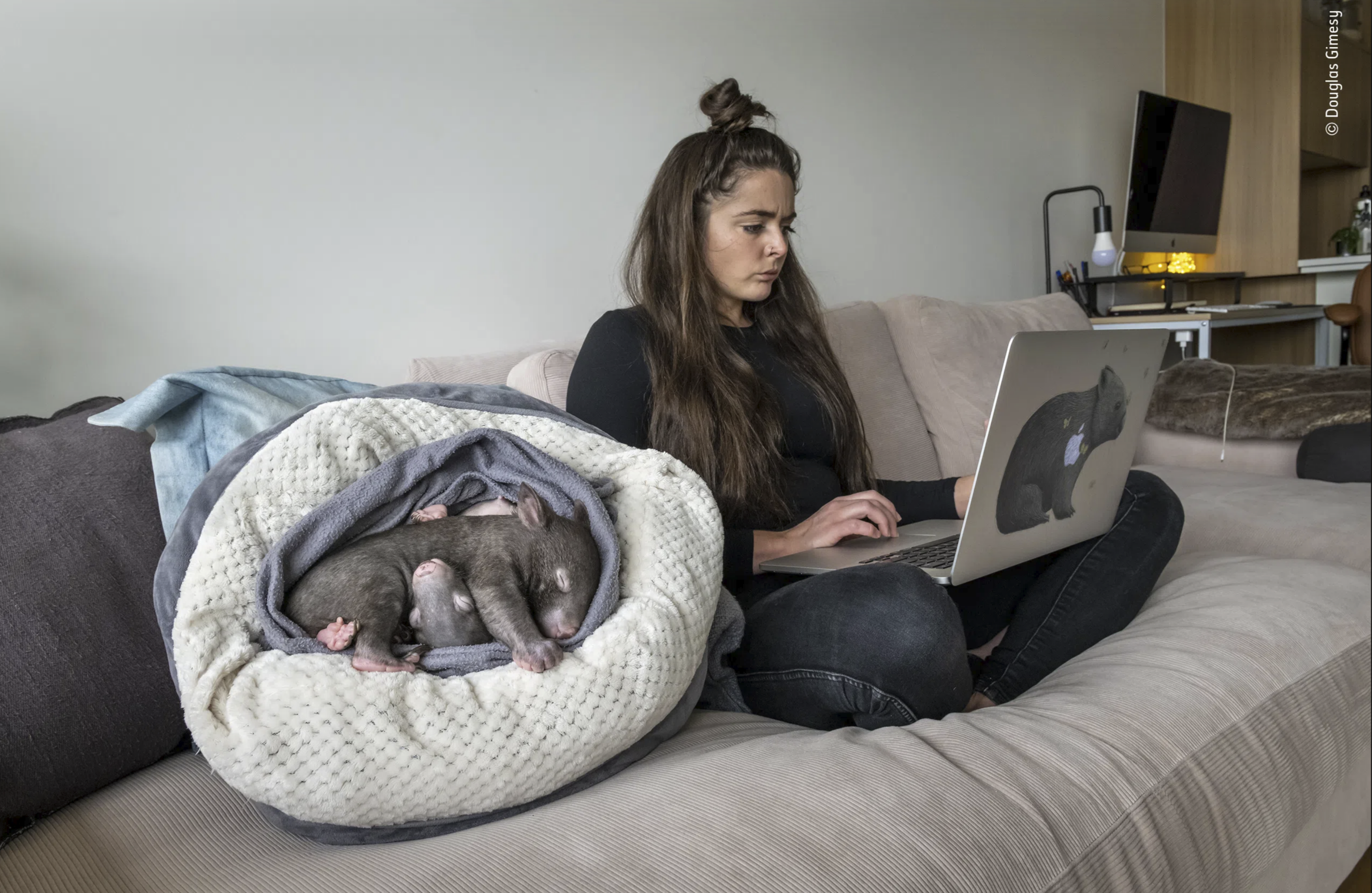
Doug Gimesy, Summit Faculty member was highly commended for his image “Wombat lockdown”
Image Description
Doug shows two baby common wombats asleep at the home of their caregiver during lockdown.
These baby wombats were found alive inside their mothers’ pouches after their mothers – survivors of bushfires in the Australian state of Victoria – were killed by cars. Usually the pair would have been cared for at Goongerah Wombat Orphanage, but with the COVID-19 lockdown in place Emily Small had to provide them with their regular feeds at her apartment instead.
When these young wombats are released back into the wild, they will once again have to survive the effects of the climate emergency, including floods, drought and bushfires. If this wasn’t enough, they will also have to cope with habitat destruction and avoiding collisions with cars on country roads.
Jen Guyton
Summit Online Instructor Jen Guyton was on the jury for 2022!
Congratulations to all the winners! See the full gallery here.